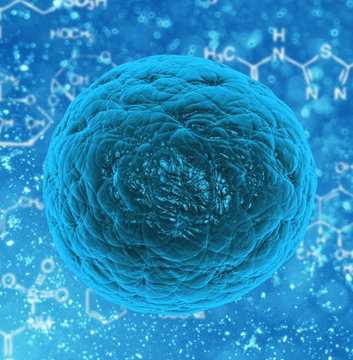
Generations of antibiotics have targeted different phases of bacterial growth and spread inside the body, efficiently eliminating them before they can infect other people. They also have a “Phone line” of sorts that transmits adapted DNA to other nearby bacteria, giving them the power to resist an antibiotic too.
Antibiotic resistance is now a public health threat that caused roughly 1.27 million deaths around the globe in 2019. The World Health Organization and others say that without newer generations of antibiotics, surgery, cancer chemotherapy, and other life-saving treatments face increasing risk of death due to infection.
Traditionally, a new antibiotic takes roughly a decade to develop, test, and finally reach patients.
“There is an urgent need for new methods for antibiotic discovery,” Dr. Luis Pedro Coelho, a computational biologist and author of a new study on the topic, said in a press release.
Analysing huge databases of genetic material from the environment, they uncovered nearly one million potential antibiotics. The team synthesized 100 of these AI-discovered antibiotics in the lab.
“AI in antibiotic discovery is now a reality and has significantly accelerated our ability to discover new candidate drugs. What once took years can now be achieved in hours using computers,” said study co-senior author Dr. César de la Fuente at Penn Medicine in another press release.
This “Antibiotic resistance” is key in the evolutionary battle between bacteria and humanity.
Antibiotics usually work to stop bacteria from replicating multiple ways. One type of antibiotic destroys the wall, preventing the pathogen from spreading. Others evolve enzymes that shut down antibiotics by slightly changing their protein target sites through DNA mutation, neutering their effect.
Here, antibiotic-resistant genes are encoded into small circular pieces of DNA that can transfer to neighboring cells through a biological “Highway”-a physical tube-endowing the recipients with a similar ability to fight off antibiotics.
If bacteria evolve to evade that target, then the antibiotic and other chemically similar ones rapidly lose their effect.
Is there a way to find antibiotics that bacteria-or even nature itself-have never seen before? Traditionally, searching for antibiotics has mostly been trial-and-error, with scientists often scraping samples from exotic mosses or other sources that could potentially fight off infections.
In the new study, the team aimed to find new versions of a type of antibiotic based on antimicrobial peptides. The peptides are found across the living world and can disrupt microbial growth by breaking down cell walls and causing bacteria to “Explode.” They’ve already been used clinically as antimicrobial drugs and are currently being tested in clinical trials for yeast infections.
As the discovery of penicillin suggested nearly 100 years ago, the natural world is a bountiful source of potential antibiotics.
In the study, the team used machine learning to look for antimicrobial peptides with possible antibiotic properties in over 63,000 publicly available metagenomes-genetic information isolated from multiple organisms in an environment-and nearly 88,000 high-quality microbial genomes.
“We have been able to just accelerate the discovery of antibiotics,” de la Fuente told The Guardian.
